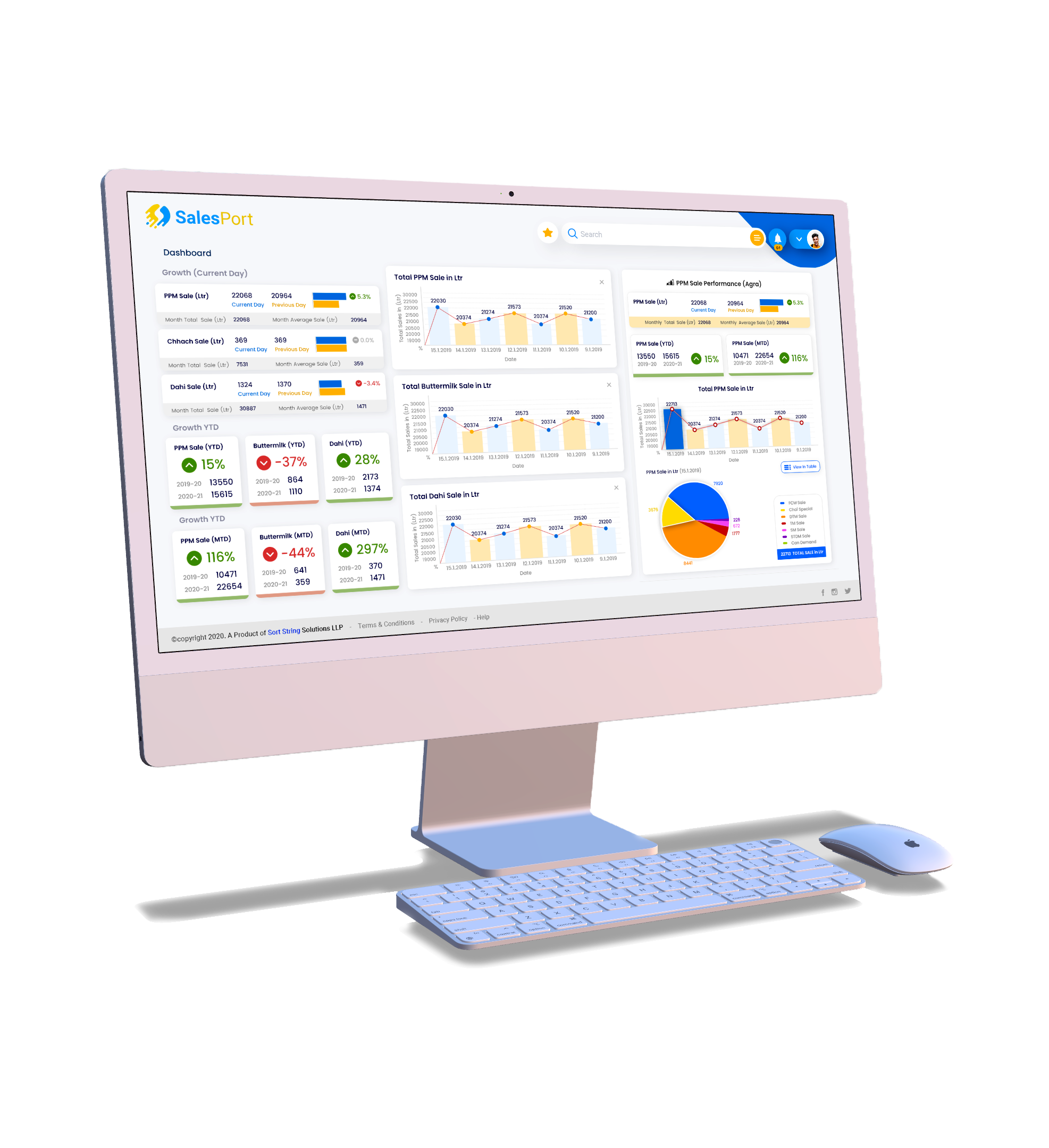
The way businesses depend on software has undergone a notable shift as more emphasis is given on tools that resolve day-to-day business challenges and nurture productivity. Earlier SaaS was the key model that companies adopted, but that is no longer the case considering increased costs, limited customizations, and vague data ownership terms. Moreover, as business workflows become more elaborate, custom software that can solve business needs without having to work around the limitations of off-the-shelf software becomes necessary.


Define the goals and objectives of the website. Identify the target audience and their needs. Gather requirements from stakeholders or clients. Develop a project roadmap, including timelines, milestones, and resource allocation. Establish the website’s scope, budget, and technical requirements.
Create wireframes to outline the website’s layout and structure. Develop detailed designs for the user interface (UI) and user experience (UX), focusing on aesthetics, usability, and functionality. Design visual elements, such as color schemes, typography, and graphics. Create interactive prototypes to test the design’s usability and gather feedback.
Set up the development environment, including version control systems and project management tools. Build the frontend of the website using HTML, CSS, and JavaScript, implementing the design and ensuring responsiveness across devices. Develop the backend, including server-side logic, databases, and APIs. Integrate frontend and backend components to ensure seamless functionality.
Conduct various tests to ensure the website functions correctly. Perform unit testing to verify individual components, and integration testing to ensure different parts work together. Carry out system testing to check the overall performance and compatibility. Perform cross-browser and cross-device testing to ensure the website works on different platforms. Conduct user acceptance testing (UAT) to gather feedback from actual users and address any issues.
Prepare the website for launch by configuring hosting, domain, and server settings. Deploy the website to a live server and ensure all configurations are correct. Monitor the website’s performance using analytics tools to track user behavior, traffic, and technical performance. Provide ongoing maintenance to address any issues, perform updates, and make necessary improvements. Offer support for users and handle any inquiries or feedback.









































Our developers are skilled professionals with extensive experience, ensuring that your website is built to the highest standards.
We create websites that are fully responsive, ensuring they look and perform well on all devices, including smartphones and tablets.
We prioritize on-time delivery, so you can launch your website as planned, avoiding any delays that could impact your business
We create websites that reflect your brand’s identity, ensuring consistency across all your digital platforms.
We offer continuous revisions during development, allowing for adjustments and improvements based on your feedback.
We provide round-the-clock support to address any issues or concerns you may have, ensuring minimal downtime and prompt resolution of problems.

